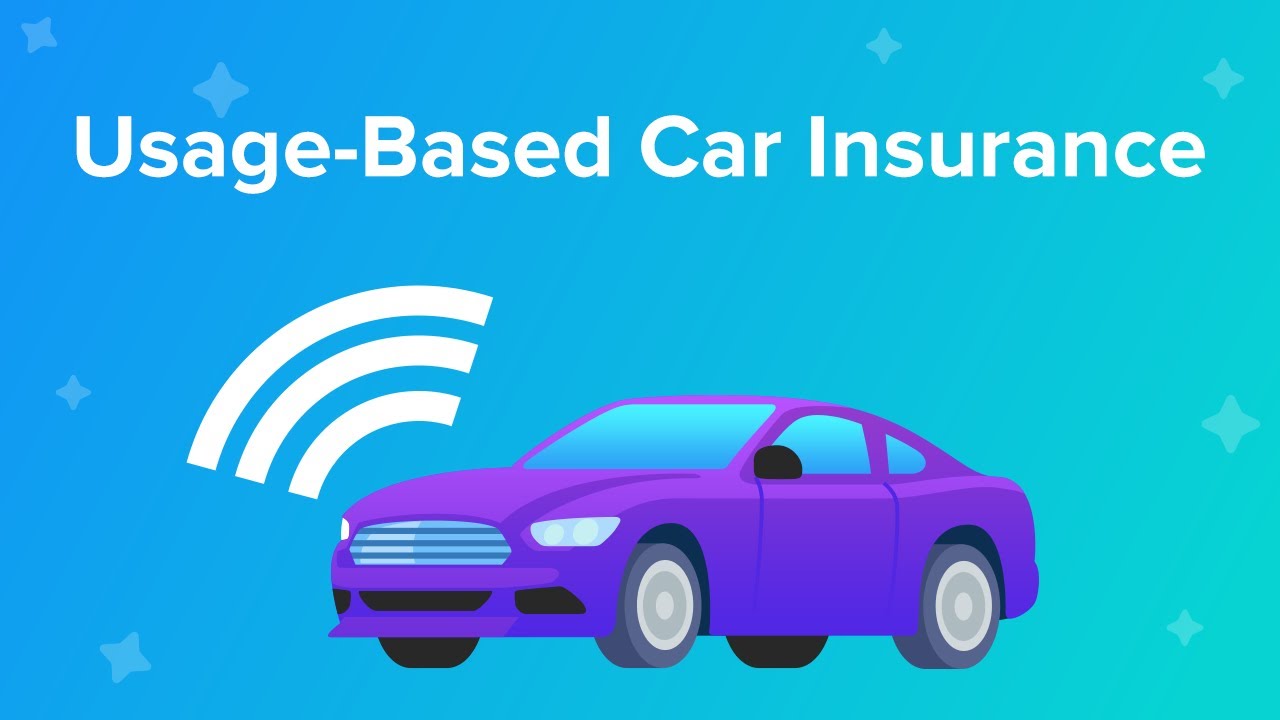Imagine if your auto insurance premium was based on how you actually drive, rather than being determined solely by factors like your age, gender, or ZIP code. Well, that’s where usage-based insurance comes into play. Usage-based insurance (UBI), also known as telematics insurance or pay-as-you-drive (PAYD) insurance, is a rapidly evolving trend in the insurance industry that utilizes advanced technology to personalize insurance premiums based on individual driving behaviors.
1. Introduction
In this article, we’ll delve into the world of usage-based insurance and explore how it works, its benefits, various types of UBI, implementation methods, and the pros and cons associated with it. So, buckle up and let’s hit the road to discover more about this innovative approach to auto insurance.
2. Understanding Usage-Based Insurance
How Does Usage-Based Insurance Work?
Usage-based insurance employs telematics technology, which utilizes a small device installed in your vehicle or a mobile app that leverages your smartphone’s sensors to gather data about your driving behavior. This device or app collects information such as distance traveled, speed, acceleration, braking patterns, and even the time of day you drive. This data is then transmitted to the insurance provider, who uses it to calculate your insurance premium based on your actual driving habits.
Benefits of Usage-Based Insurance
One of the key benefits of usage-based insurance is the potential for cost savings. By aligning your insurance premium with your driving habits, UBI allows safe drivers to potentially pay lower premiums compared to traditional fixed-rate insurance policies. It incentivizes responsible driving behavior and rewards those who drive cautiously, ultimately leading to safer roads.
Moreover, usage-based insurance can provide valuable insights into your driving habits. With access to detailed driving data, you can monitor your own performance, identify areas for improvement, and become a better and more conscious driver.
3. Types of Usage-Based Insurance
Usage-based insurance comes in various forms. Let’s take a closer look at the three main types:
Pay-As-You-Drive (PAYD) Insurance
PAYD insurance calculates premiums primarily based on the distance you drive. This type of UBI is ideal for individuals who drive infrequently or have shorter commutes. The less you drive, the lower your premium is likely to be.
Pay-How-You-Drive (PHYD) Insurance
PHYD insurance takes into account not only the distance you drive but also your driving behavior. Factors such as speed, acceleration, and braking patterns are considered when determining your premium. Safe driving habits can lead to lower insurance rates.
Manage-How-You-Drive (MHYD) Insurance
MHYD insurance takes UBI a step further by offering personalized feedback and coaching based on your driving data. You receive insights into your driving habits, and some insurance providers even offer rewards programs for drivers who consistently exhibit safe behavior.
4. Implementing Usage-Based Insurance
Telematics Technology
Telematics technology plays a crucial role in the implementation of usage-based insurance. Insurance companies utilize devices or smartphone apps equipped with GPS, accelerometers, and other sensors to collect accurate driving data. The technology has evolved significantly in recent years, making it easier for insurers to gather and analyze the necessary information.
Data Collection and Privacy Concerns
While usage-based insurance offers benefits, there are concerns regarding data collection and privacy. It’s essential for insurance companies to handle the collected data responsibly and ensure the privacy and security of their customers’ information. Striking a balance between data utilization and protecting privacy is key to gaining trust and wider adoption of UBI.
5. Pros and Cons of Usage-Based Insurance
Pros
Potential for cost savings based on individual driving behavior
Encourages safer driving habits
Provides valuable insights into personal driving habits
Tailored premiums that better reflect individual risk profiles
Rewards safe drivers with lower premiums
Cons
Data privacy concerns
Limited availability from certain insurance providers
Requires driver consent and installation of telematics devices or apps
Some individuals may experience higher premiums if their driving habits are riskier
6. Is Usage-Based Insurance Right for You?
Whether usage-based insurance is the right choice for you depends on your driving habits, privacy concerns, and your willingness to share your driving data. If you’re a safe driver and open to leveraging technology to potentially lower your premiums, UBI could be a suitable option worth exploring.
7. Conclusion
Usage-based insurance is revolutionizing the auto insurance industry by shifting the focus from general demographic factors to individual driving behavior. By utilizing telematics technology and personalized data analysis, UBI allows insurance premiums to be tailored more accurately to each driver’s risk profile. It encourages safer driving habits and offers cost savings for those who exhibit responsible behavior behind the wheel.
So, if you’re ready to take control of your insurance premiums and drive towards a more personalized coverage, consider exploring the world of usage-based insurance and see if it aligns with your needs and preferences.




